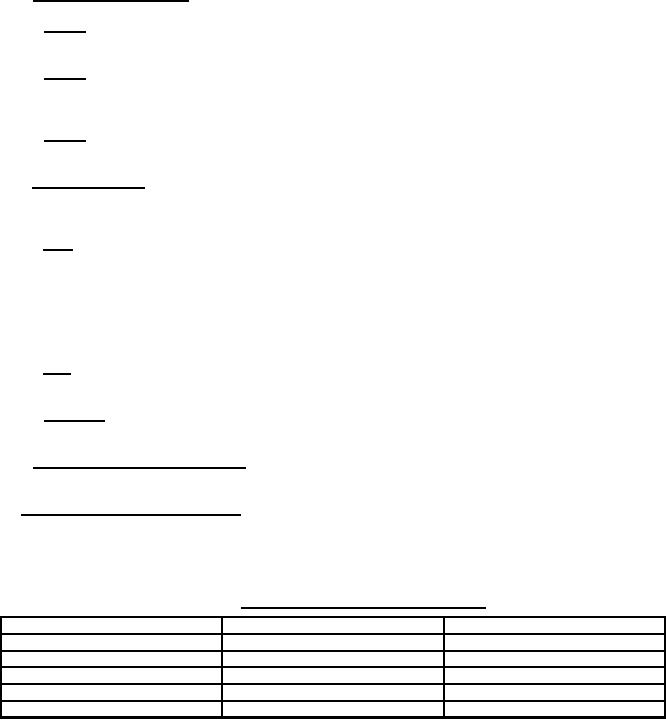
MILPRF55110G
6.5.3
6.5.3 Printed wiring board types. The printed wiring board types should be as specified herein.
6.5.3.1
6.5.3.1 Type 1. Type 1 rigid printed wiring boards have only one conductive layer (singlesided conductor pattern)
with cover lay and no plating in the component holes.
6.5.3.2
6.5.3.2 Type 2. Type 2 rigid printed wiring boards are printed wiring boards with conductor patterns on both sides
of the printed board (doublesided). In addition, the design of the printed wiring board may require plated-through
holes in order to connect the conductor patterns on both sides together.
6.5.3.3
6.5.3.3 Type 3. Type 3 rigid printed wiring boards are multilayered (with 3 or more conductor layers) with plated
holes. Type 3 designs include those with metal core and blind or buried via holes.
6.5.4
6.5.4 Product assurance. The method of complying with the two different levels of this specification using either
the QPL method that has been integral to this specification since revision MIL-P-55110D or the newer method,
QPL/QML which was introduced in revision MIL-PRF-55110F.
6.5.4.1
6.5.4.1 QML. A list of manufacturers, by name and plant address, who have met the certification and qualification
requirements stated in MIL-PRF-31032. A QML focuses on qualifying an envelope of materials and processes rather
than individual products or designs. That envelope is qualified by carefully selecting representative worst case test
vehicles or representative samples from production that contain all potential combinations of materials and processes
that may be subsequently used during production. A QML is normally appropriate for items of supply that have very
rapid technological advancement or a myriad of variations or custom designs that make individual product
qualifications impractical or excessively expensive.
6.5.4.2
6.5.4.2 QPL. A QPL focuses on qualifying individual products or families of products. A QPL will normally be
appropriate for items of supply that are stable and will be continually available for extended period of time.
6.5.4.3
6.5.4.3 QPL/QML. A transitional program that allows a manufacturer that is certified and qualified to the QML
program of MIL-PRF-31032 to fabricate, test, and supply products to this specification.
6.5.5
6.5.5 QPL product assurance procedures. The product assurance procedures includes all associated
documentation that is used by the manufacturer in order to comply with the requirements of this specification.
6.6
6.6 Environmentally preferable materials. Environmentally preferable materials should be used to the maximum
extent possible that the material meets or exceeds the operational and maintenance requirements, and promotes
economically advantageous life cycle costs. Table I lists the Environmental Protection Agency's (EPA) top 17
hazardous materials targeted for major usage reduction. If any of these hazardous materials are required, it is
recommended that it be used only when other materials cannot meet performance requirements.
TABLE I
TABLE I. EPA top seventeen hazardous materials.
Benzene
Dichloromethane
Tetrachloroethylene
Cadmium and compounds
Lead and compounds
Toluene
Carbon Tetrachloride
Mercury and compounds
1,1,1 Trichloroethane
Chloroform
Methyl Ethyl Ketone
Trichloroethylene
Chromium and compounds
Methyl Isobutyl Ketone
Xylenes
Cyanide and compounds
Nickel and compounds
7
For Parts Inquires submit RFQ to Parts Hangar, Inc.
© Copyright 2015 Integrated Publishing, Inc.
A Service Disabled Veteran Owned Small Business